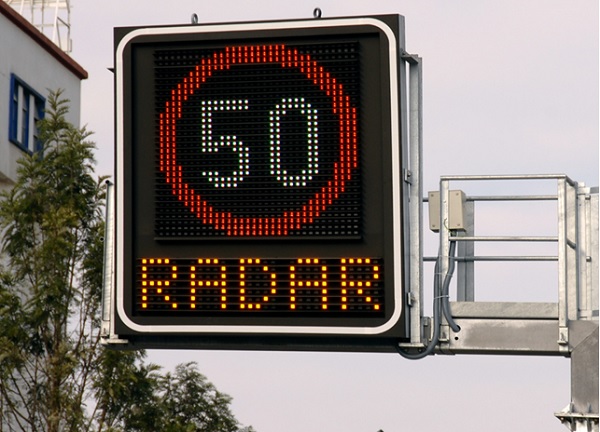
- Internet of Things Tutorial
- Internet of Things - Home
- Internet of Things - Overview
- Internet of Things - Hardware
- Internet of Things - Software
- IoT - Technology & Protocols
- Internet of Things - Common Uses
- Media, Marketing, & Advertising
- IoT - Environmental Monitoring
- IoT - Manufacturing Applications
- IoT - Energy Applications
- IoT - Healthcare Applications
- IoT - Building/Housing Applications
- IoT - Transportation Applications
- IoT - Education Applications
- IoT - Government Applications
- IoT - Law Enforcement Applications
- IoT - Consumer Applications
- IoT - Thingworx
- IoT - CISCO Virtualized Packet Zone
- IoT - Salesforce
- IoT - GE Predix
- IoT - Eclipse
- IoT - Contiki
- IoT - Security
- IoT - Identity Protection
- IoT - Liability
- Internet of Things Useful Resources
- Internet of Things - Quick Guide
- Internet of Things - Resources
- Internet of Things - Discussion
IoT - Transportation Applications
At every layer of transportation, IoT provides improved communication, control, and data distribution. These applications include personal vehicles, commercial vehicles, trains, UAVs, and other equipment. It extends throughout the entire system of all transportation elements such as traffic control, parking, fuel consumption, and more.
Rails and Mass Transit
Current systems deliver sophisticated integration and performance, however, they employ older technology and approaches to MRT. The improvements brought by IoT deliver more complete control and monitoring. This results in better management of overall performance, maintenance issues, maintenance, and improvements.
Mass transit options beyond standard MRT suffer from a lack of the integration necessary to transform them from an option to a dedicated service. IoT provides an inexpensive and advanced way to optimize performance and bring qualities of MRT to other transportation options like buses. This improves services and service delivery in the areas of scheduling, optimizing transport times, reliability, managing equipment issues, and responding to customer needs.
Road
The primary concerns of traffic are managing congestion, reducing accidents, and parking. IoT allows us to better observe and analyze the flow of traffic through devices at all traffic observation points. It aids in parking by making storage flow transparent when current methods offer little if any data.

This smart road sign receives data and modifications to better inform drivers and prevent congestion or accidents.
Accidents typically result from a number of factors, however, traffic management impacts their frequency. Construction sites, poor rerouting, and a lack of information about traffic status are all issues that lead to incidents. IoT provides solutions in the form of better information sharing with the public, and between various parties directly affecting road traffic.
Automobile
Many in the automotive industry envision a future for cars in which IoT technology makes cars “smart,” attractive options equal to MRT. IoT offers few significant improvements to personal vehicles. Most benefits come from better control over related infrastructure and the inherent flaws in automobile transport; however, IoT does improve personal vehicles as personal spaces. IoT brings the same improvements and customization to a vehicle as those in the home.
Commercial Transportation
Transportation benefits extend to business and manufacturing by optimizing the transport arm of organizations. It reduces and eliminates problems related to poor fleet management through better analytics and control such as monitoring idling, fuel consumption, travel conditions, and travel time between points. This results in product transportation operating more like an aligned service and less like a collection of contracted services.